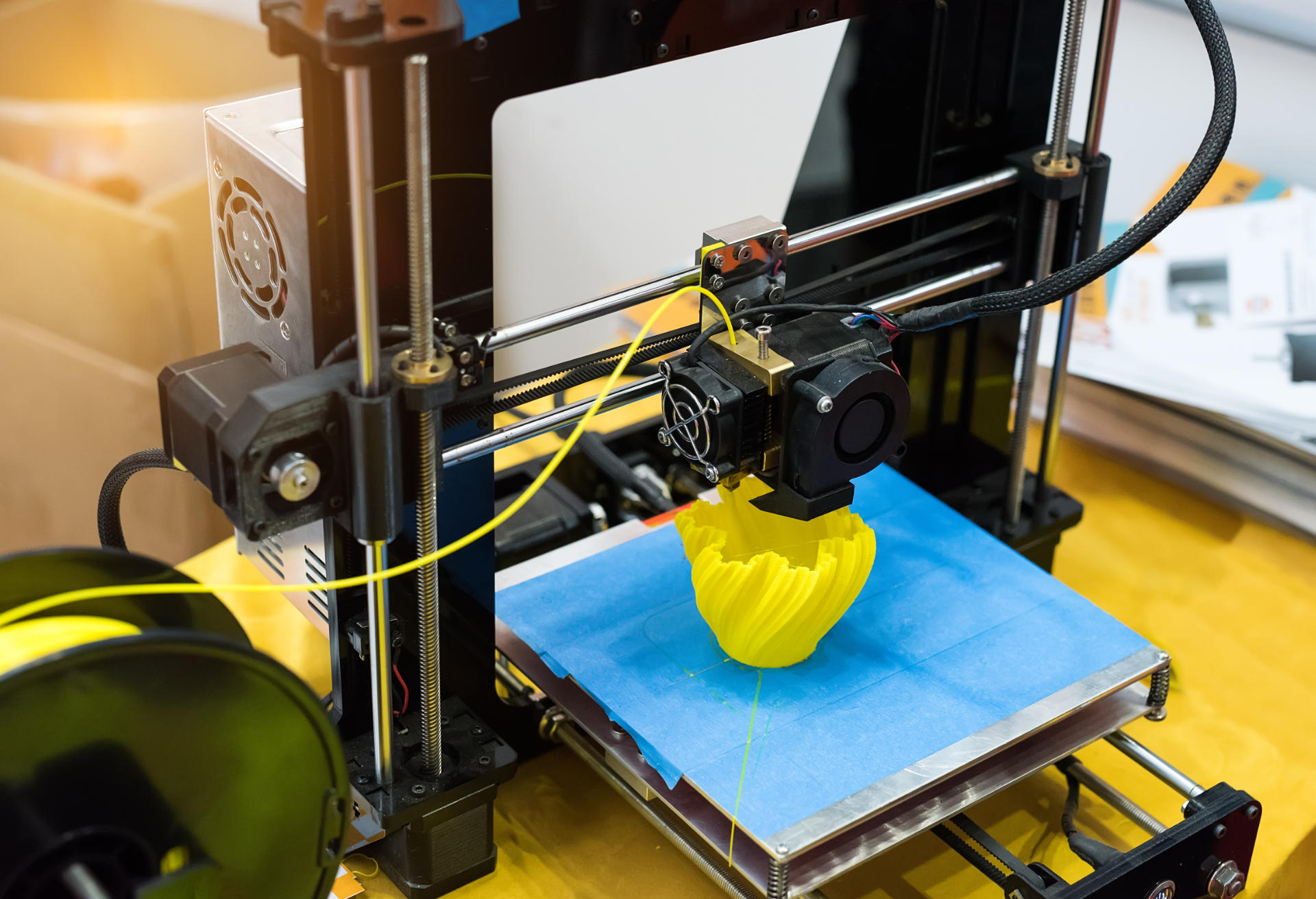
3D printing is one of the best rapid prototyping services available. People can design, print, and build specific models used in various industries through it. People can also customise the materials used in 3D printing services, making it an excellent choice to choose whichever material is ideal for every project.
One of the best materials used in 3D printing is Nylon. It is a flexible yet durable material ideal for professional projects. Nylon has a wide range of applications, making users benefit more from 3D printing services. However, there are instances where printing with Nylon can go unplanned. But here are some ways to make sure printing with it becomes successful.
1. Not All Hot Ends Are Made Equal
First and foremost, it is essential to know the type of hot end that you are using. When working with a 3D printer, knowing which kind of hot-end you are using to work with the Nylon material is essential.
Several hot ends are designed for PLA, making it inappropriate to print with Nylon. Using a heated hot end that is not intended for the material can quickly melt the filament and cause the extruder to jam.
2. Bed Surface Matters
The bed surface matters a lot when printing with Nylon. The bed surface should be prepared to ensure that the material sticks to it. Using a glue stick or glue can serve as a base for the material should even out the surface.
If you don’t want to use any kind of glue on the bed, then it is crucial to make sure that the bed’s surface is dry. It is also essential to know that the bed temperature should be kept at a specific temperature.
3. Only Use Dry Nylon
Dry Nylon is an excellent way to be used in the 3D printer because it shrinks a bit during the printing process, making it easy to print without any hassle. However, it is essential to know that the dry Nylon should be placed on a dry bed.
If you are working on a heated bed, make sure that you have it turned off, as the Nylon should not be placed on it. It is also important to note that the dry Nylon should not be placed on the bed directly. It is best to put it on a raft or paper to ensure that the material sticks to the bed.
4. Material Quality
The best Nylon for printing is a low-odour and rigid material. It is best to choose a Nylon with a low odour and is a tough material. It should not be the limp one. Various websites sell various Nylon filaments. If you want to purchase the best Nylon material for printing, it is essential to read materials and reviews of customers who have tried it.
5. Printing Speed
When printing with Nylon, it is also essential to know that the printing speed should be tested before starting. Nylon material is pretty sticky, and it is vital to know that it should not be printed faster than 50 mm per second.
Conclusion
Nylon is an excellent material to choose when it comes to 3D printing. But there are instances when printing with it can become a hassle. If you want to make the most out of 3D printing, it is best to make sure that you choose a suitable Nylon material. By doing this, you can make sure that your 3D printing project is successful.
3D Quick Printing offers rapid prototyping services in the UK. Through our 3D printing services, we assist clients needing a way to bring their imaginations to life and use them in their projects. Get a quote for quick 3D prints today on our website, or check out our portfolio online.


Recent Comments